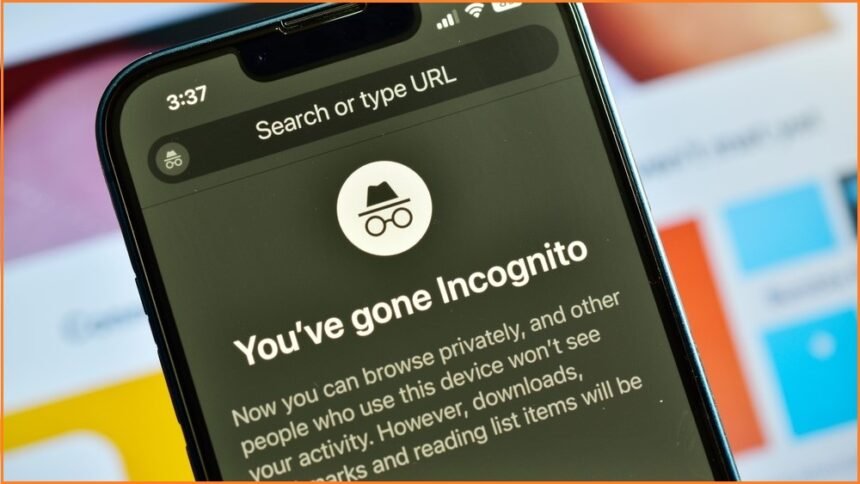Due to a WordPress exploit, millions of websites at risk. WordPress, the popular content management system, is used by millions of websites worldwide. So, protect your Website because of millions of websites at risk.
However, a recent exploit has put many of these websites at risk. The exploit allows hackers to access and control a website’s backend. This can result in the website being defaced, data being stolen, or even the website being used to spread malware to visitors.
If you are a website owner, it is essential to take action to protect your website from this exploit. This article will discuss the steps to secure your WordPress website and prevent it from being compromised.
Update WordPress and Plugins
One of the most critical steps in securing your WordPress website is to ensure you are using the updated version of WordPress and all installed plugins. WordPress is constantly updated to fix security vulnerabilities and bugs, and keeping your website updated with the latest version is crucial.
Additionally, plugins can also introduce security vulnerabilities to your website. You should regularly check for plugin updates and ensure that all plugins are up to date. If you are using a plugin that is no longer being updated, consider replacing it with an alternative plugin.
Use a Strong Password
A strong password is essential to protect your website from unauthorized access. Weak and simple passwords are a common way that hackers gain access to WordPress websites. Combine / Misx uppercase & lowercase letters, numbers, and special characters to create a strong password.
It is also essential to avoid using the same password for multiple accounts. If a hacker gets access to one of your accounts, they will have access to all if you use the same password.
Limit Login Attempts
Limiting login attempts is another effective way to stop hackers from acquiring access to your website. By default, WordPress allows users to attempt to log in as many times as they want. This means that hackers can use automated tools to try different username and password combinations until they find the correct one.
You can limit login attempts by using a plugin like Login Lockdown. This plugin will block IP addresses after a specified number of failed login attempts, making it much harder for hackers to access your website.
Install a Security Plugin
Installing a security plugin is an effective way to protect your WordPress website from attacks. Security plugins can perform tasks like scanning for malware, blocking malicious IP addresses, and monitoring suspicious activity.
One popular security plugin is Wordfence. Wordfence includes a firewall, malware scanner, and other security features to help protect your website from attacks.
Use a Content Delivery Network (CDN)
A Content Delivery Network (CDN) is a network of servers that are distributed around the world. When a user requests content from your website, it is delivered from the server closest to them. This can significantly improve website performance and speed.
CDNs can also help protect your website from attacks. Distributing content across multiple servers makes it much harder for hackers to overload a single server with traffic.
Backup Your Website
Backing up your website is an essential step in protecting your website from attacks. If your website is compromised, a recent backup can help you quickly restore it to its previous state.
Many backup plugins are available for WordPress, such as UpdraftPlus and BackupBuddy. These plugins can automatically back up your website regularly and allow you to restore your website easily if needed.
Conclusion
In conclusion, securing your WordPress website is essential to protect it from attacks. Following the steps outlined in this article can significantly reduce the risk of your website being compromised. It is essential to take action now to protect your website and prevent it from becoming a victim of this exploit.













